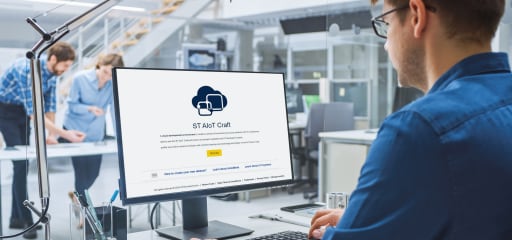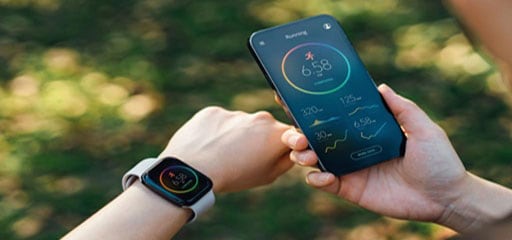Events
Browse our upcoming and past events


Upcoming
Past


Upcoming events
 Workshop
Workshop Transform your embedded projects with STM32U3: The new standard in low power
Workshop English
Online
Dec 3-17
Past events
Access our latest on-demand webinars and digital events, as well as resources from previous workshops, tradeshows, and more.

Dec
11
2025
Webinar
Simplify motion control with monolithic industrial and automotive drivers
Webinar
English
Dec 11, 2025
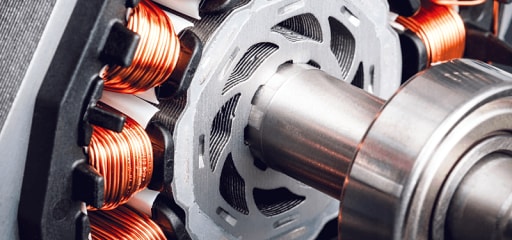
Dec
10
2025
Webinar
IGBT technologies enabling key applications in electric and hybrid vehicles
Webinar
English
Dec 10, 2025

Dec
6-10
2025
Tradeshow
IEDM 2025
Tradeshow
English
Dec 6-10, 2025

Dec
5
2025
Workshop
STM32 Summit | Workshops
Workshop
English
Dec 5, 2025

Dec
2
2025
Webinar
MEMS sensors redefined: intelligent building blocks for industrial innovation
Webinar
English
Dec 2, 2025
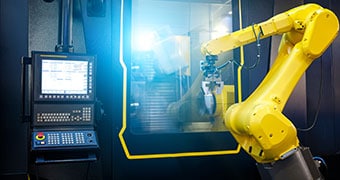
Dec
2-5
2025
Tradeshow
EPTC
Tradeshow
English
Dec 2-5, 2025

Nov
25
2025
Webinar
Powering large scale IoT with intelligent NB-IoT, GNSS, and Wi-Fi integration
Webinar
English
Nov 25, 2025

Nov
18-20
2025
Tradeshow
Enlit Europe 2025
Tradeshow
English
Nov 18-20, 2025
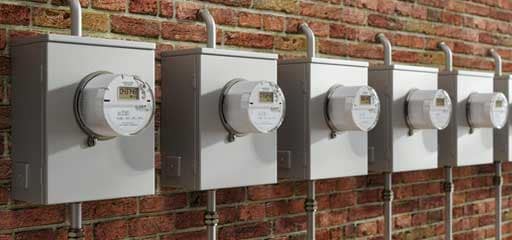
Nov
18-20
2025
Special event
STM32 Summit
Special event
Different languages available
Nov 18-20, 2025

Nov
13
2025
Webinar
Unlock the power of Edge AI with ST's intelligent sensors and ST AIoT Craft
Webinar
English
Nov 13, 2025
